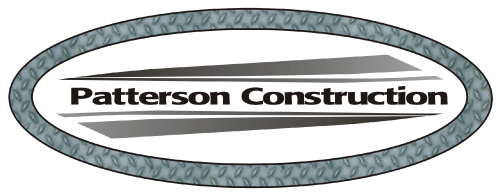Why Ponding on a Flat Roof Is a Problem
One of the biggest concerns all property owners have is water damage. Commercial building owners, in particular, might be worried about ponding water on a flat roof.
Flat roofs are undoubtedly cheaper to install and repair and are energy-efficient. However, unless the rainwater evaporates after 48 hours, attending to the pooled water may be necessary. Otherwise, it can compromise the structure of the property. Here are a few reasons why ponding water can be a real problem.
What causes water to pond?
Before addressing the problems it might cause, it’s crucial to understand why water ponds on a flat roof in the first place.
At the very top of the list is poor roof design. A flat roof doesn’t mean the water will inevitably stand longer than it should. Likely, architectural plans didn’t match the building’s layout and shape of the roof.
Another common reason for standing water is that the building is too old, and the foundation has settled over the years. Unfortunately, it’s not something any builder can plan for. The same applies to crushed insulation that can cause uneven roofs to slope.
In areas where summers are quite hot and winters very cold, the rubber roofing membranes might deform, causing the water to pond on a flat roof.
Problems that may develop due to ponding water
In most cases, property owners couldn’t have prevented the water accumulation on a flat roof. But once the ponding water is there, they need to be aware of what type of damage it can cause.
Mold
Vegetation growth is to be expected with ponding water. Mold, moss, and even algae can create long-lasting damage to a flat roof. They can turn the surface into an ecosystem that can be difficult to remove.
Roof leaks
Unsurprisingly, leaks are typically the first indicator that the roof even holds water. Most property owners don’t think about it until there are leaks in the ceiling or the walls.
If the water isn’t removed, the leaks will likely become more frequent and may cause severe structural damage to the property.
Collapsing roof
Granted, this is the worst-case scenario, but it’s still a possibility. Depending on the age of the building and the severity of the damage, a roof might collapse. It’s a potentially dangerous situation and also a costly problem to have. If you notice a sagging roof deck, it’s best to take action immediately to prevent a potential roof collapse.
Protecting your flat roof from water damage
Roof replacements are necessary after a few decades. However, with excessive water damage, commercial property owners might need an entirely new roof sooner rather than later.
Ponding water is one of the biggest causes of roof leaks, mold development, and even roof collapse. Making sure the flat roof stays dry will ensure the structure lasts longer and help avoid expensive repairs in the future.
Patterson Construction Company installs and repairs residential roofs of all kinds, skylights, roof ventilation, fascia and underlayment on Phoenix-area homes. Call 602-825-3638 for a free quote today!

